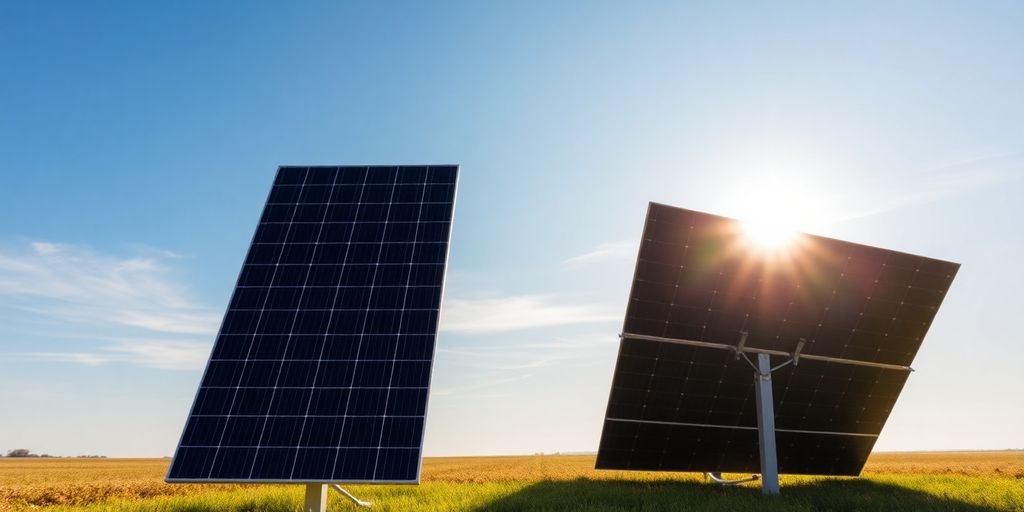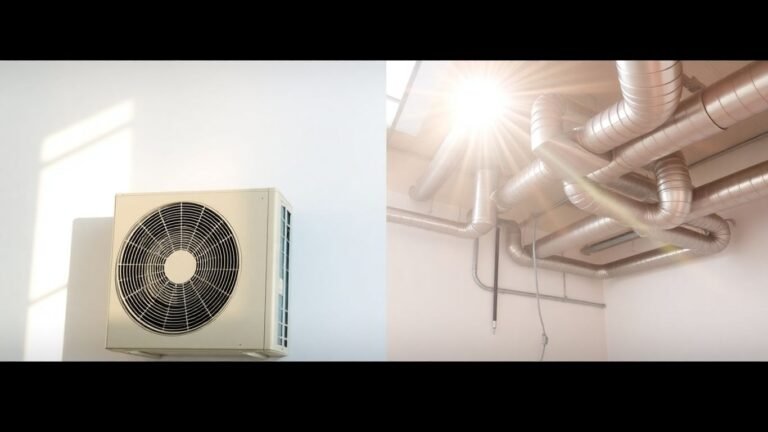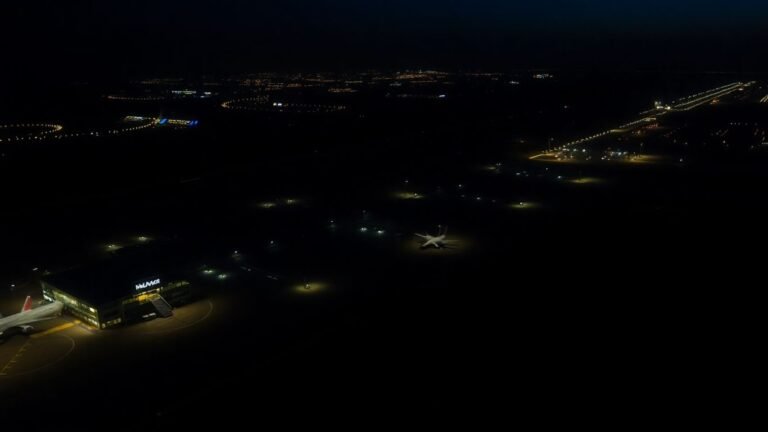Are Solar Trackers Worth the Money? Testing Side-By-Side With Surprising Results!
This article dives into a real-world test comparing three solar panel setups: a fixed ground mount, a single-axis tracker, and a dual-axis tracker. The goal was to see how much do solar trackers increase energy output significantly and to provide a cost benefit analysis of solar panel trackers. We’ll look at solar tracker vs fixed mount performance comparison and share real world test results of solar tracking systems to help you decide if are solar panels with trackers worth it for your DIY solar project.
The Setup: Ground Mount, Single-Axis, and Dual-Axis
For this test, we used three different solar panel configurations to see which one performed best. Each setup used two 405-watt solar panels, wired in series, and connected to EcoFlow Delta Pro portable power stations to measure the energy collected. The idea was to run all three simultaneously under the same conditions to get a fair comparison.
Key Takeaways
- Ground Mount: This is the simplest setup, with panels fixed in a south-facing direction.
- Single-Axis Tracker: This system tracks the sun’s movement from east to west throughout the day.
- Dual-Axis Tracker: This advanced system tracks both the sun’s east-west movement and its seasonal north-south changes, aiming to keep the panels perfectly perpendicular to the sun.
Installation Insights: What It Takes to Set Up a Tracker
Setting up solar trackers, especially the single and dual-axis ones, is a bit more involved than a simple ground mount. It requires solid footings and careful assembly. Here’s a quick rundown of the installation process:
- Footings: We dug 16-inch diameter holes, about 30 inches deep, and used rebar cages for structural support. Each footing required about nine 80-pound bags of concrete. Getting the top surface perfectly level is crucial for the tracker’s performance.
- Assembly: The tracker kits are well-organized, with numbered hardware bags and labeled components, making assembly straightforward. A rotary hammer drill is highly recommended for drilling the mounting holes.
- Powering the Trackers: The trackers need their own 12-volt power source. We used a small solar panel and an integrated battery specifically designed for these units.
Real-World Test Results: Day 1 and Day 2
We conducted tests over two days, experiencing different weather conditions. This gave us a good idea of how each system performs in varying sunlight.
Day 1: Cloudy and Rainy
Day one was a bit of a wash, with a lot of rain and clouds. Despite the poor conditions, we still saw some interesting results:
- Ground Mount: 651 Watt-hours collected.
- Single-Axis Tracker: 689 Watt-hours collected (about 6% more than ground mount).
- Dual-Axis Tracker: 744 Watt-hours collected (about 14% more than ground mount).
Even on a bad day, the dual-axis tracker showed a noticeable improvement in energy collection.
Day 2: Mostly Sunny
Day two offered much better conditions, with about seven hours of good sunshine. This allowed us to see the full potential of each system.
- Ground Mount: Performed well, as expected in good sun.
- Single-Axis Tracker: Showed about a 6% increase over the ground mount.
- Dual-Axis Tracker: Surprisingly, only showed about a 9% increase over the ground mount on this sunny day.

Why the Difference? Understanding Tracker Performance
The real world test results of solar tracking systems showed that the biggest benefit from trackers comes during the early morning and late afternoon hours when the sun is low in the sky. During the middle of the day, when the sun is directly overhead, even a fixed ground mount panel at a good angle will perform almost as well as a tracker.
This means that if you have wide-open skies and can capture that early and late sun, a tracker will give you a significant boost. However, if your space is limited or you have obstructions that block the sun during those times, the benefits might be less pronounced.
Cost Benefit Analysis of Solar Panel Trackers
When considering a solar tracker, it’s important to weigh the increased energy output against the added cost and complexity.
| System Type | Estimated Cost (Excluding Panels) |
|---|---|
| Ground Mount | Much Lower |
| Single-Axis Tracker | ~$475 |
| Dual-Axis Tracker | ~$775 |
While trackers do increase energy output significantly, especially in ideal conditions, they also come with a higher upfront cost and the potential for more maintenance due to moving parts like linear actuators and control units. For many DIY setups, a simple ground mount might be the most cost-effective and reliable option, especially if space isn’t a major concern.
Final Thoughts: Is a Solar Tracker Right for You?
The solar tracker vs fixed mount performance comparison clearly shows that trackers can increase energy production. However, the decision to use one depends on your specific needs and circumstances. If you have ample space and an unobstructed view of the sky from sunrise to sunset, a tracker could be a great investment. If space is tight, or you’re looking for the simplest and most budget-friendly option, a fixed ground mount might be perfectly adequate.
Ultimately, understanding your energy needs and site conditions will help you make the best choice for your DIY solar project.








